Date: 20 May 2022
Time: 12.25 - 16.15 (lunch included)
Keynote
13.25 - 14.05
Professor Milena Corredig, Department of Food Science Aarhus Univesity, Denmark

Presentations
14.05 - 14.30
Principal Application Specialist, Kirsten Lauridsen, IFF, Denmark

14.30 - 14.55
Senior Director Commercial Deveopment Ross Crittenden, Chr. Hansen, Denmark

15.15 - 15.40
SVP Technology & Product Development Saara Pöyri, Valio OY, Finland

15.40 - 16.05
Customer Innovation Manager, Dairy Tomasz Kraszewski, AAK, Sweden

Abstracts

Dairy ingredients in different food matrices
Dairy ingredients are broadly employed in food formulations, not only because of their beneficial nutritional attributes, but for their ability to assist in the development of multiphase structures in foods. In particular, dairy proteins form the building blocks of structure in many well-known foods. Their replacement in a formulation with other proteins often presents a challenge. In the past decade, many advances have been made in the basic, mechanistic understanding of the behaviour of dairy proteins in different environments and during processing, and it is now evident that control of the preliminary stages of structure formation is critical for optimal food structure design. We are now at the crossroads: we need to learn how to build complex food structures, bottom up, with the knowledge we have acquired in model systems. The technological functionality of dairy ingredients does not only change because of the processing history and composition, but also their environmental conditions and the presence of other components that can interact during processing. Hence, building structures from the nano to the macro-scale, is a challenge when looking at protein – polysaccharide interactions, emulsions and interfaces, and in high concentration systems such as gels, concentrates, or new food concepts containing novel proteins. Better analytical approaches are needed to be able to study these systems dynamics, in situ, and under realistic conditions. We will then be able to truly understand structure function relationships of dairy ingredients in mixed systems.
Professor Milena Corredig, Department of Food Science Aarhus Univesity, Denmark

Plant-based dairy alternatives: Opportunities and solutions
Consumer trends are currently favouring plant-based dairy alternatives, particularly among the younger generation. Animal welfare, sustainability, and health focus are all driving the change of lifestyles towards a more plant-based diet. Many flexitarians and vegetarians still expect to get the same eating experience when converting from animal to plant-based foods. For many product developers and dairy plants, this means having to work with completely new processes, raw materials and ingredients which leads to new challenges and opportunities when it comes to resource optimisation. The plant-based raw materials will require new solutions and processes to obtain the right fermentation, obtain the desired texture, obtain the desired stability and shelf life and ultimately produce the desired food product. This can involve ingredients such as enzymes, bacterial cultures, hydrocolloids or other stabilising ingredients, and bioprotective cultures.
Principal Application Specialist, Kirsten Lauridsen, IFF, Denmark

Fermentation of plant based dairy analogues
Milk is considered a complete nutritious food, and science and technologies have evolved in order to supply healthy, safe and delicious fermented dairy products. However, it is undeniable that the global population is growing, and new foods are needed to satisfy the different needs of the society in a sustainable way. Among different plant sources, legumes and cereals are considered relatively good raw materials, both in terms of nutritional composition and for the positive impact on the environment and bio-economy. Despite this, producers of fermented plant-based foods are facing many challenges in satisfying consumers´ expectations of product nutrition and quality due to limited knowledge of production processing and microstructural building. This is reflected in products being developed which require added nutrients, texturising and aroma ingredients.A range of texturising ingredients are added in order to achieve similar textural properties and behaviour to fermented dairy products. Aromas are also often added to mask the beany and/or cereal flavours coming from the raw materials. Chr. Hansen is generating knowledge on fermentation of selected plant bases, aiming to correct these product defects using judicious choice of selected starter cultures with high texturing properties and with the ability to mask beany/cereal flavour notes. Different bacteria, including probiotics, are screened to identify optimal properties, such as a fast and robust fermentation profile, cell growth and survival during shelf-life, and their texturising effect. The obtained data demonstrates that selected bacteria can impart strong microstructure building and contribute to a positive mouth feel, resembling the textural properties of fermented dairy products. In addition, some of the studied cultures have the potential to mask beany flavours by contributing volatiles and acids to the products´ complex aroma profile. The outcome of this journey will lead to solutions for healthy, clean label fermented plant-based products.
Senior Director Commercial Deveopment Ross Crittenden, Chr. Hansen, Denmark

Non-dairy in dairy plant - Allergen management
The consumption of milk is decreasing and all the Dairy companies in the world are facing the rise of plant based dairy alternatives. Valio decided to branch their strategy to also include plant-based products into the portfolio. First products were launched in the beginning of 2018. Valio decided not to invest in totally new production lines but utilise the current facilities. The benefits and also challenges of dairy and plant-based food production in the same plant will be discussed.
SVP Technology & Product Development Saara Pöyri, Valio OY, Finland

Innovative use of vegetable oils & fats in dairy products
AAK has more than 140 years of experience of innovating and customising solutions based on vegetable oils and fats. In close collaboration with our customers, we use our expertise to create added value solutions across the food, confectionery, and cosmetics industries. AAK has a long experience of how to customise solutions for the dairy industry within product sectors such as ice cream, cheese, whipped toppings, yellow fats, fermented milk products, milk drinks & powders, and coffee whiteners. Our value-adding vegetable oil solutions replace or complement the use of standard oils and milk fat. The AAK dairy solutions are designed to satisfy specific needs such as: cost optimization, improved nutritional profile, improved functionality and strong sustainability targets. This presentation will focus on different case studies which highlight how vegetable oils and fats can be used as an ingredient in order to create new and innovative dairy products. The case studies will include examples of how the addition of vegetable oils and fats can be used in order to; optimise the utilisation of milk components, thereby increasing the overall profitability for the dairies, creating healthier dairy products and enabling different health and nutrition claims for the end products. New opportunities for product development can be achieved by improving the functionality of dairy products, and how the sustainability profile of both traditional dairy products and plant-based dairy analogues can be influenced by vegetable oil/fat inclusion will be discussed.
Customer Innovation Manager, Dairy Tomasz Kraszewski, AAK, Sweden
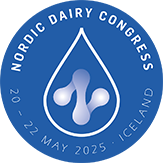








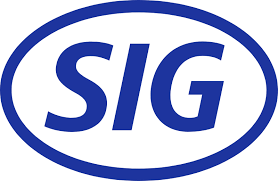





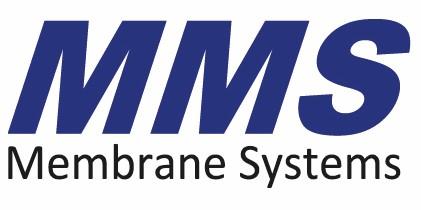


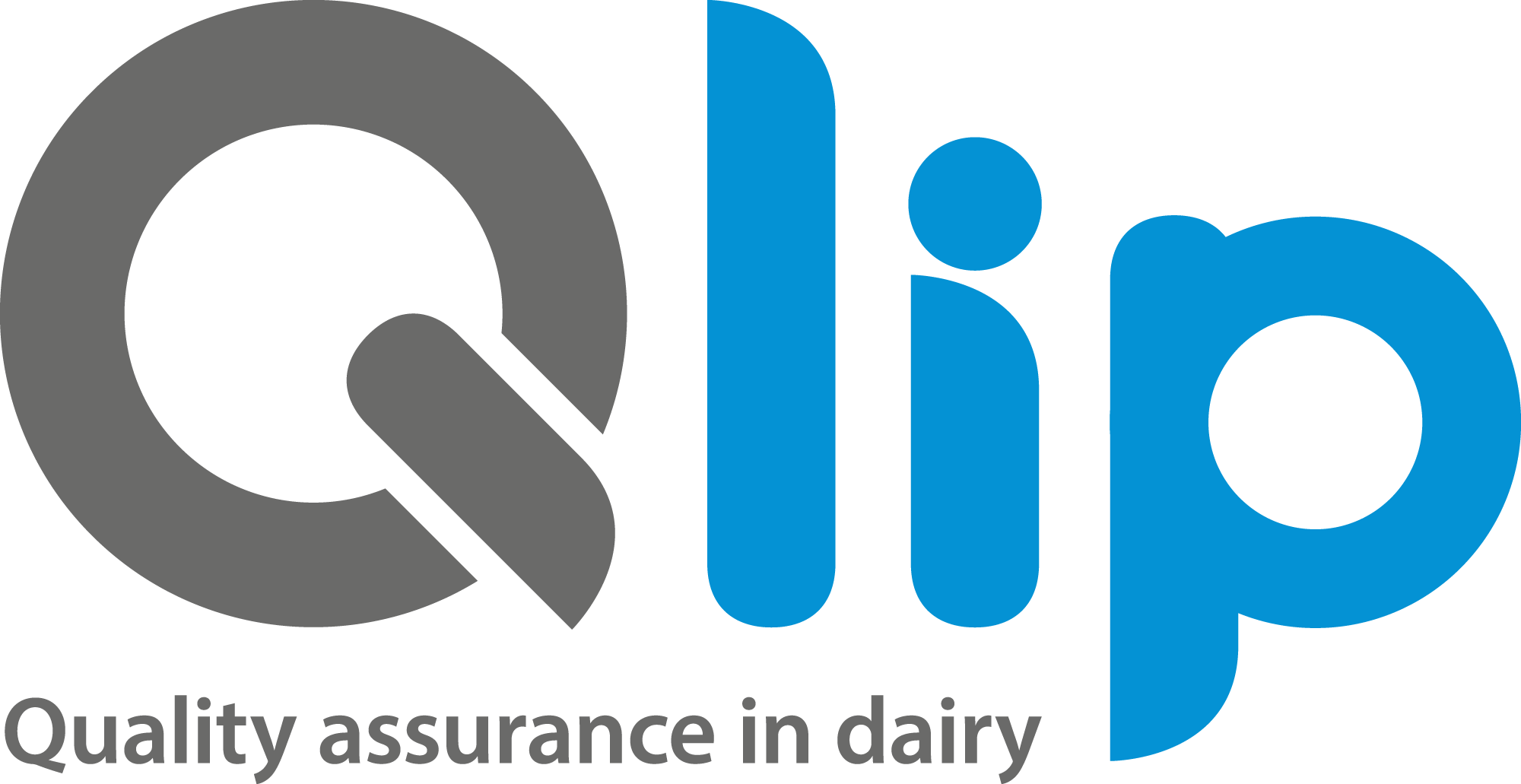
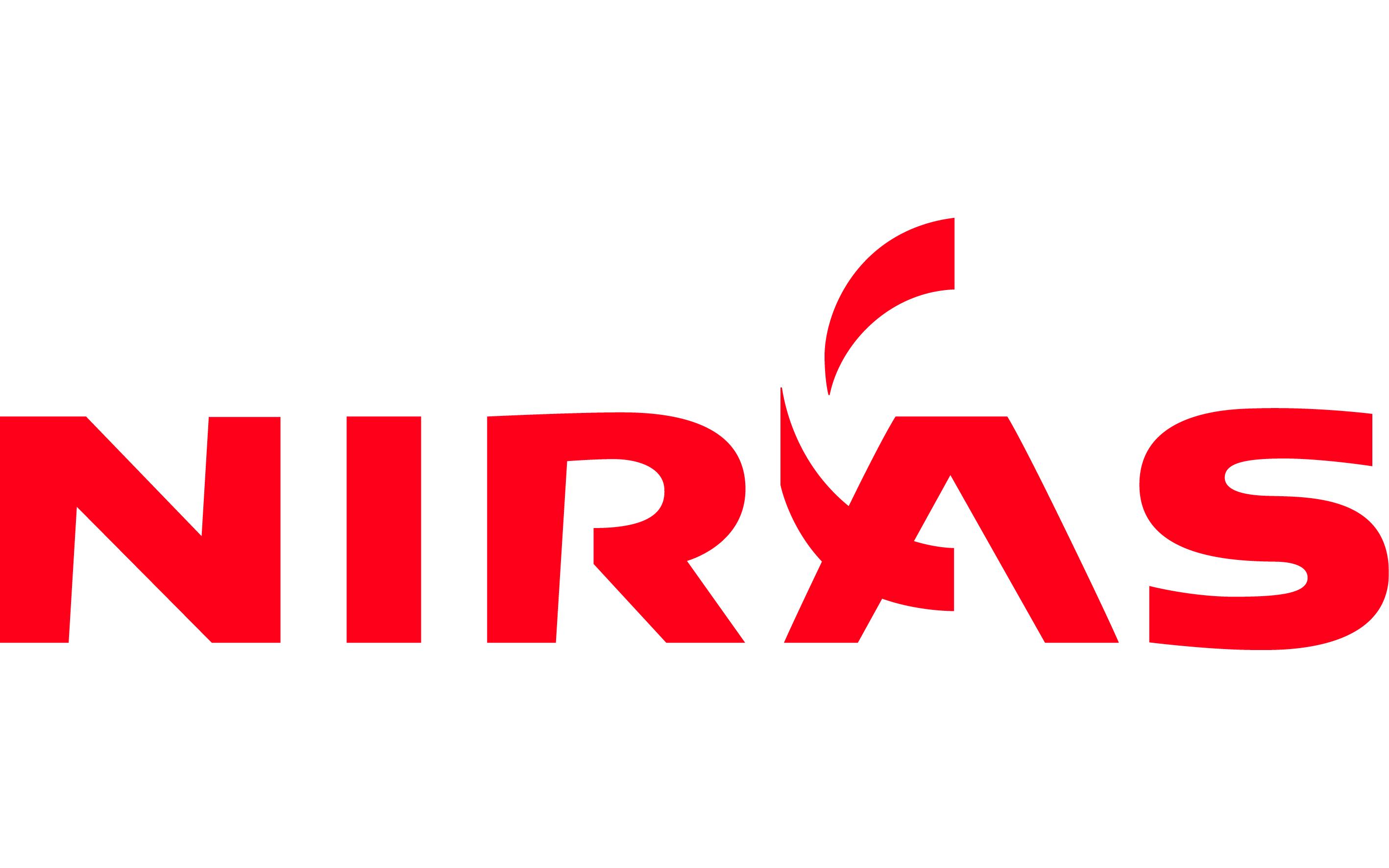
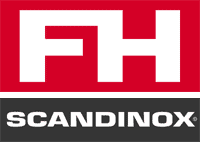

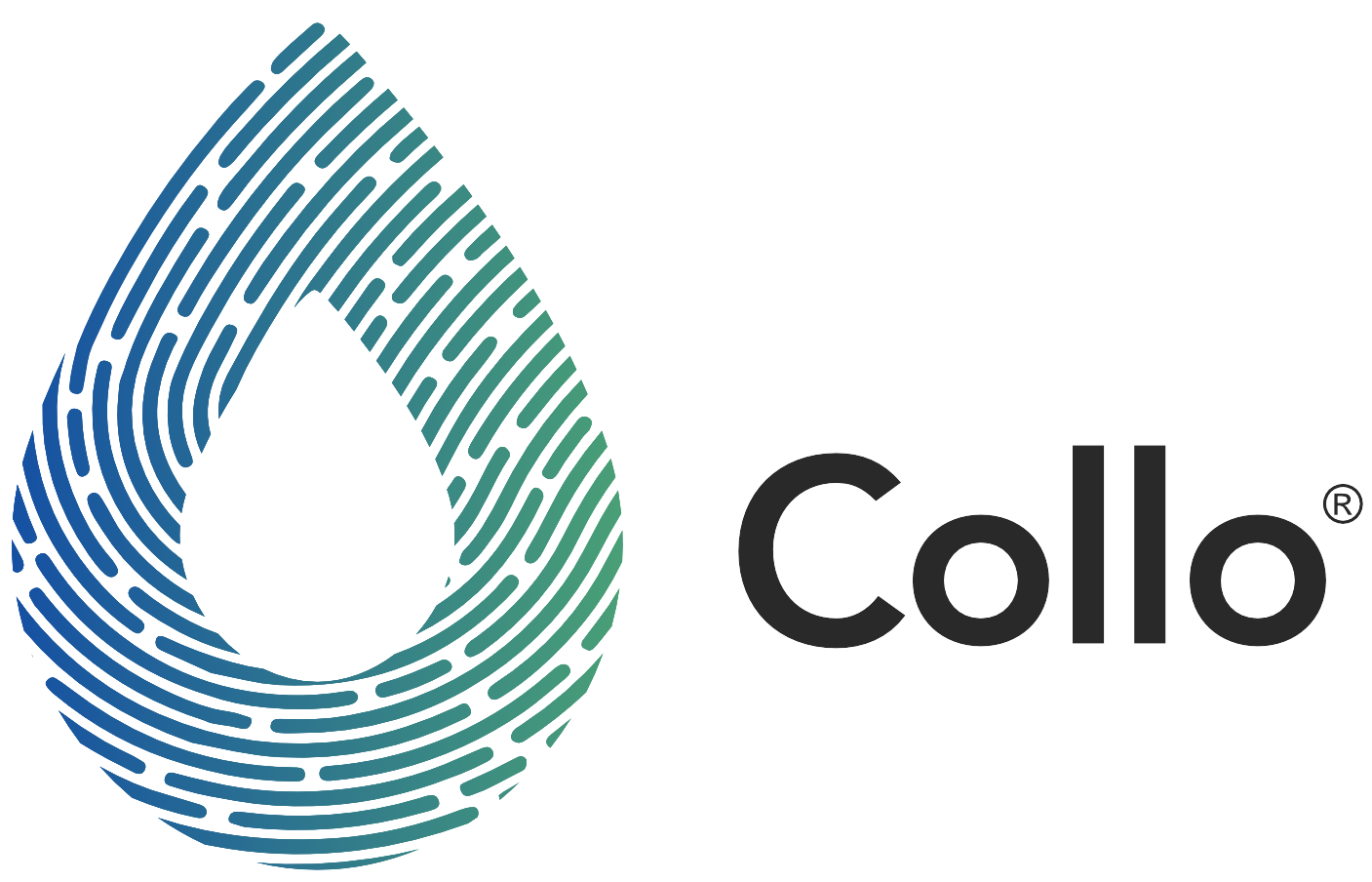
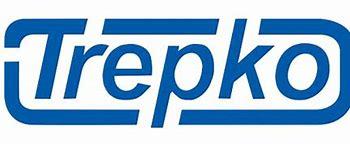





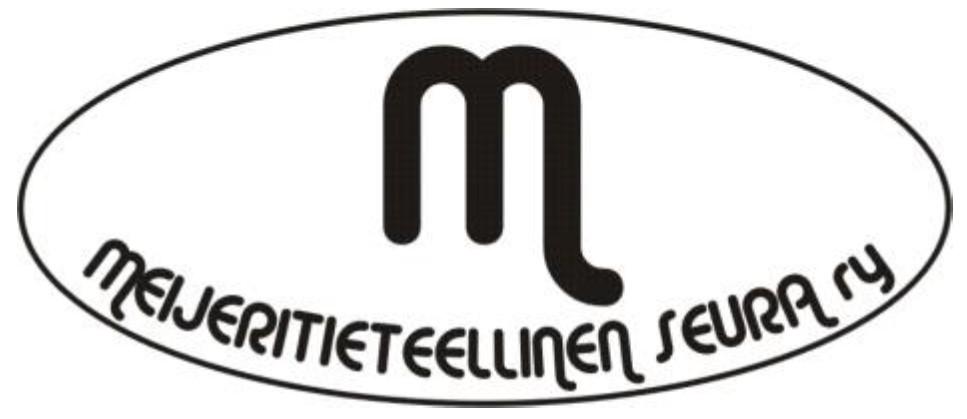
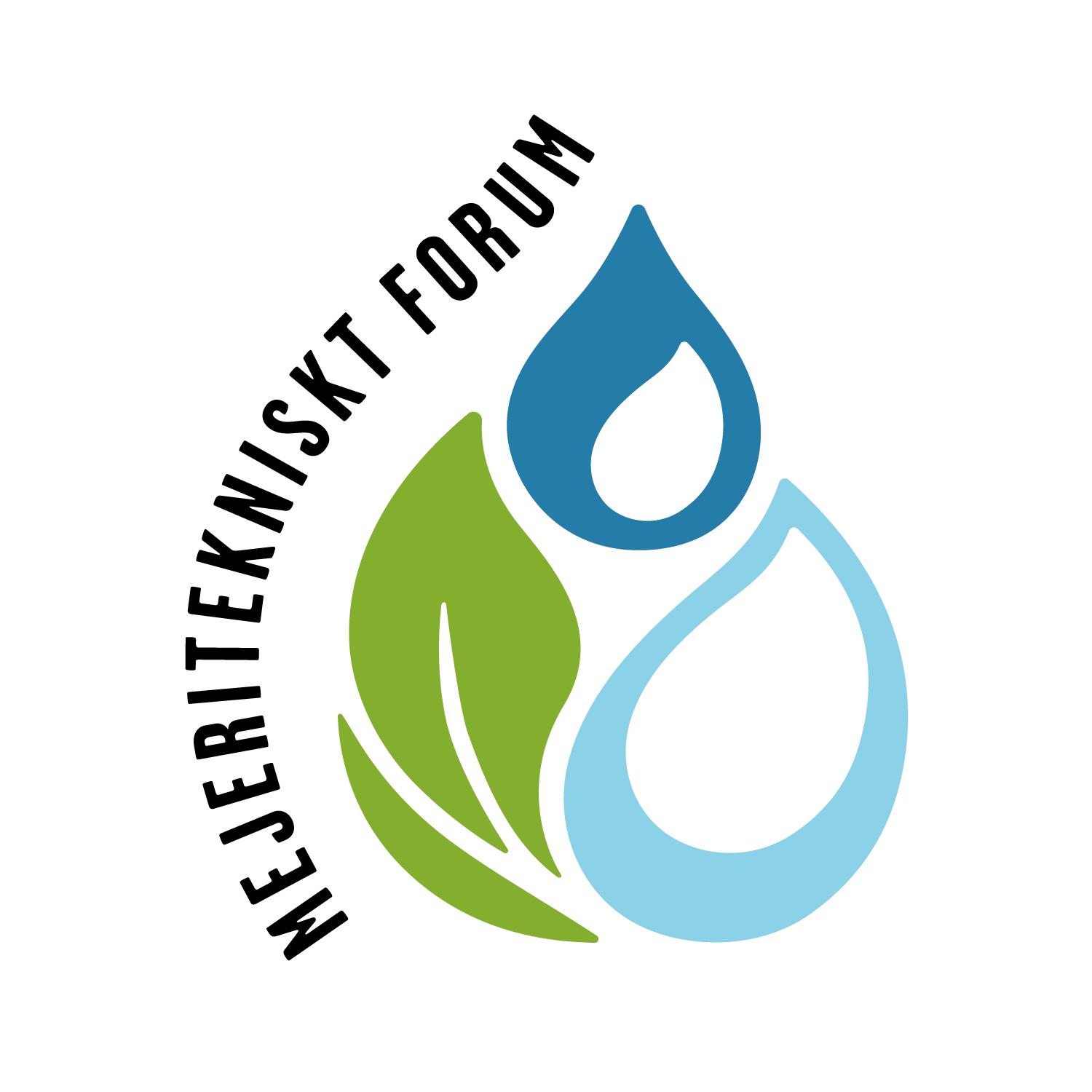
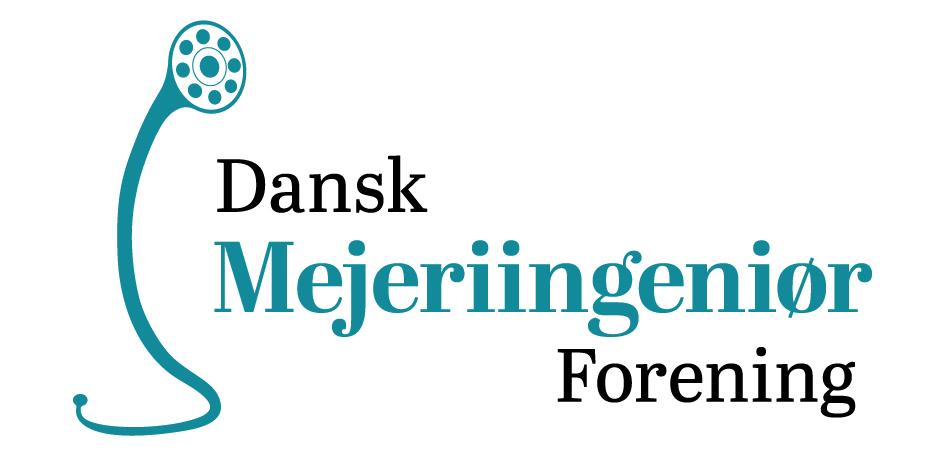




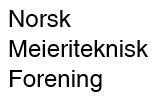
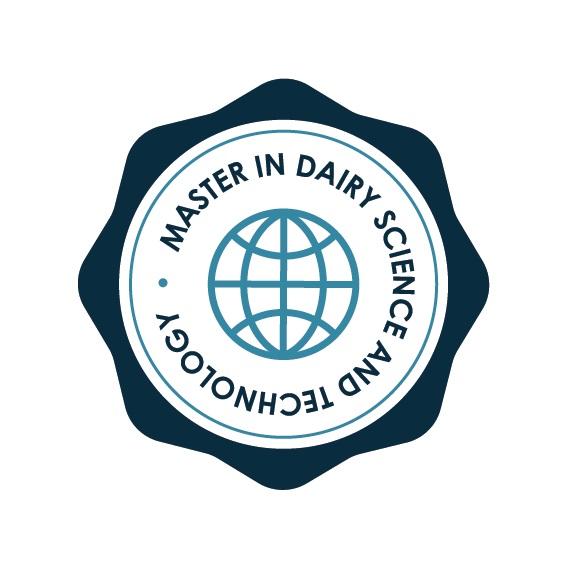


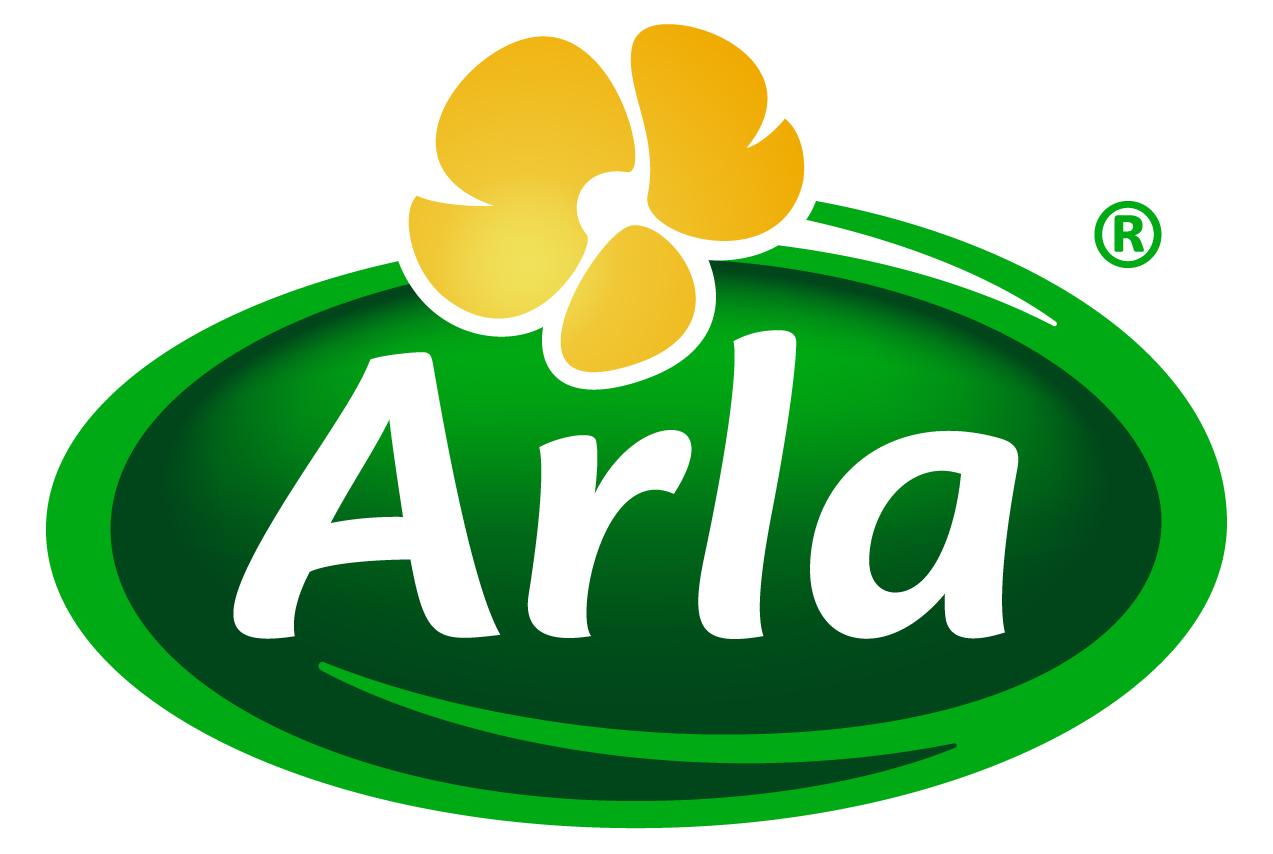

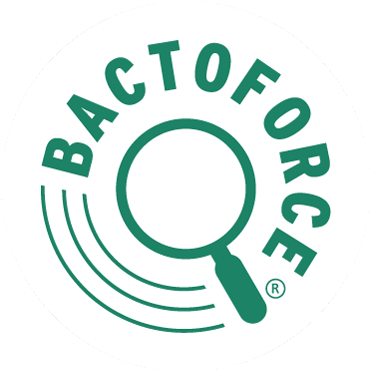

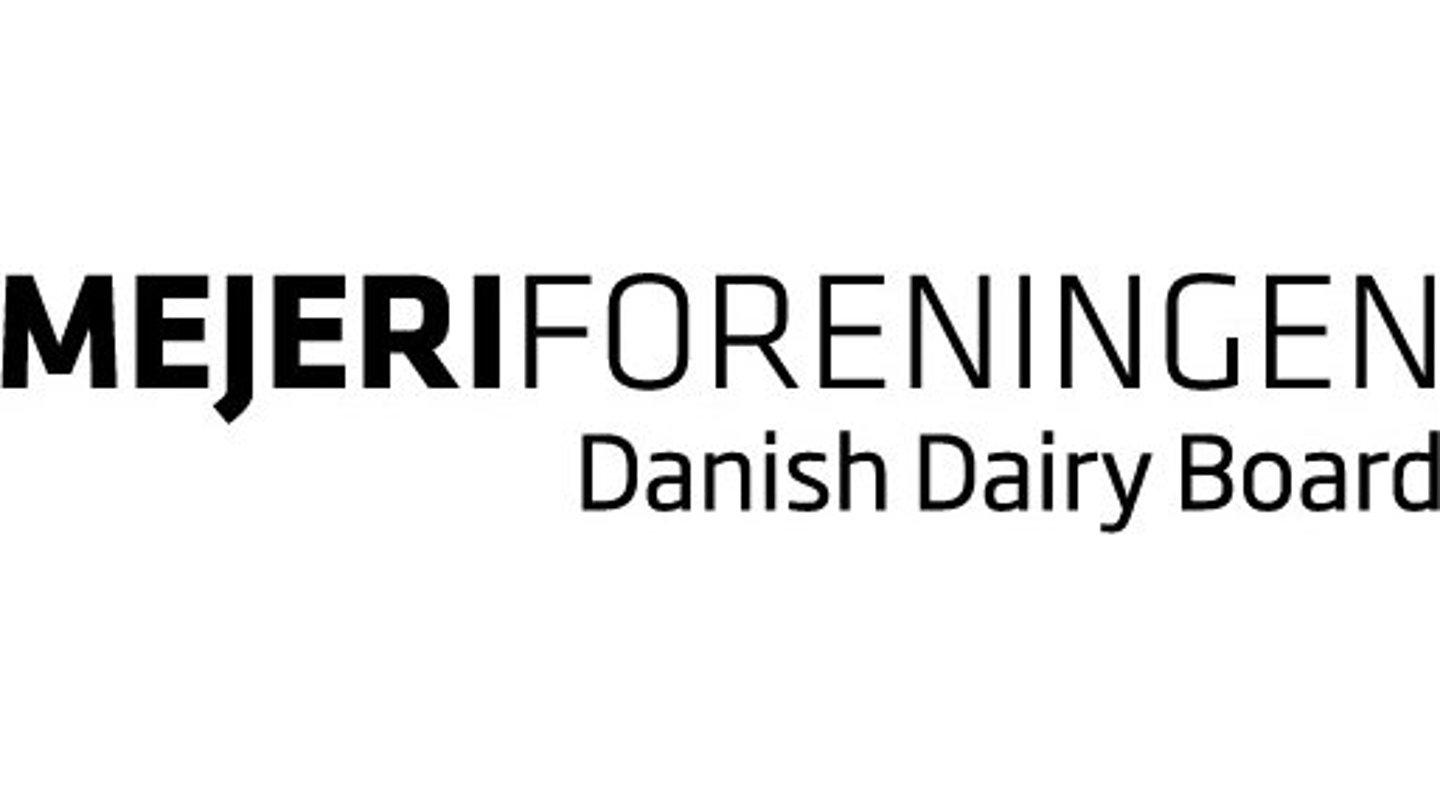
 Munkehatten 28
Munkehatten 28